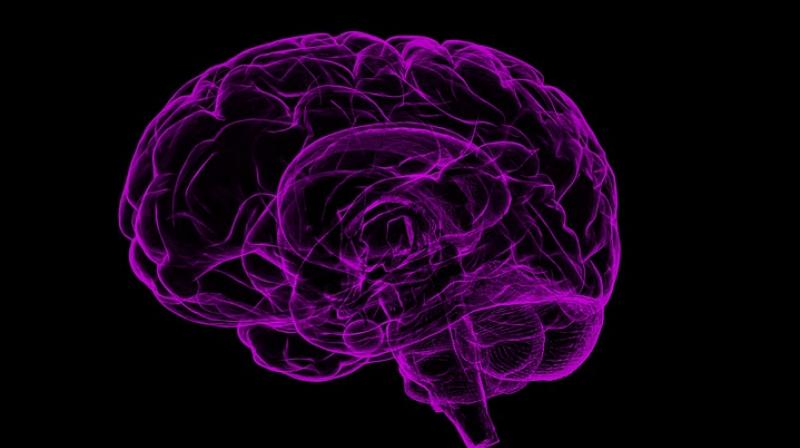Scientists decode why too many choices hinder decision making
Choice overload can sometimes have serious consequences, said Colin Camerer, a professor at California Institute of Technology in the US.

Los Angeles: Scientists have identified the brain region behind choice overload, which makes it difficult make a decision when faced with too many options.
Choice overload can sometimes have serious consequences, said Colin Camerer, a professor at California Institute of Technology in the US.
For the study, volunteers were presented with pictures of scenic landscapes that they could have printed on a piece of merchandise such as a coffee mug. Each participant was offered a variety of sets of images, containing six, 12, or 24 pictures.
They were asked to make their decisions while a functional magnetic resonance imaging (fMRI) machine recorded activity in their brains.
As a control, the volunteers were asked to browse the images again, but this time their image selection was made randomly by a computer.
The fMRI scans showed brain activity in two regions while the participants were making their choices: the anterior cingulate cortex (ACC), where the potential costs and benefits of decisions are weighed, and the striatum, a part of the brain responsible for determining value.
Researchers also saw that activity in these two regions was highest in subjects who had 12 options to pick from, and lowest in those with either six or 24 items to choose from. Camerer said that pattern of activity is probably the result of the striatum and the ACC interacting and weighing the increasing potential for reward (getting a picture they really like for their mug) against the increasing amount of work the brain will have to do to evaluate possible outcomes.
As the number of options increases, the potential reward increases, but then begins to level off due to diminishing returns.
"The idea is that the best out of 12 is probably rather good, while the jump to the best out of 24 is not a big improvement," he said.
At the same time, the amount of effort required to evaluate the options increases. Together, mental effort and the potential reward result in a sweet spot where the reward is not too low and the effort is not too high.
This pattern was not seen when the subjects merely browsed the images because there was no potential for reward, and thus less effort was required when evaluating the options.
Camerer points out that 12 is not some magic number for human decision-making, but rather an artifact of the experimental design. He estimates that the ideal number of options for a person is probably somewhere between 8 and 15, depending on the perceived reward, the difficulty of evaluating the options, and the person's individual characteristics.
Camerer said future research in this area could explore and attempt to quantify the mental costs of making a decision.

